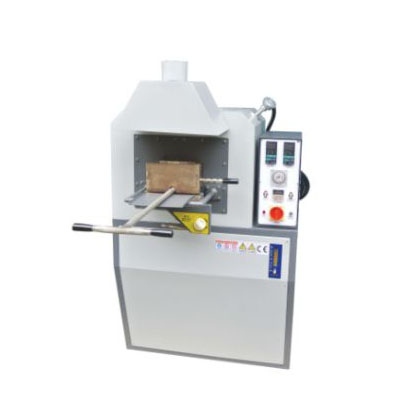Purpose and Operation of Annealing Static Furnace
2024-07-09
An annealing static furnace is a specialized type of furnace used in metallurgical processes to perform annealing, a heat treatment process that alters the physical and sometimes chemical properties of a material to increase its ductility and reduce its hardness. Here's an overview of an annealing static furnace and its functionalities:
Purpose and Operation
1. Annealing Process:
- Heat Treatment: Annealing involves heating a material to a specific temperature (often below its melting point) and holding it at that temperature for a predetermined time.
- Cooling: After the material reaches the desired temperature, it is slowly cooled in the furnace to modify its microstructure and relieve internal stresses.
2. Static Furnace Design:
- Chamber Furnace: Typically designed as a closed chamber with insulated walls to minimize heat loss and maintain uniform temperature distribution.
- Controlled Atmosphere: Some furnaces may have provisions for controlling the atmosphere (e.g., inert gas atmosphere) to prevent oxidation or other chemical reactions during annealing.
3. Heating Elements:
- Electric or Gas: Furnaces can be electrically heated with resistance heating elements or gas-fired with burners, depending on the temperature range and heating requirements.
Features and Components
1. Temperature Control:
- Thermocouples: Sensors monitor and regulate the furnace temperature to ensure precise heating and cooling cycles.
- Programmable Controllers: Utilize PLC (Programmable Logic Controller) or PID (Proportional-Integral-Derivative) controllers to automate temperature profiles and annealing cycles.
2. Insulation and Heating Zones:
- Insulating Materials: Use refractory materials (e.g., ceramic fibers, bricks) to minimize heat loss and maintain thermal efficiency.
- Heating Zones: Furnaces may have multiple heating zones to create temperature gradients or uniform heating profiles as required by the annealing process.
3. Safety and Operation:
- Safety Systems: Include overtemperature protection, emergency shutdown features, and alarms to ensure safe operation.
- Loading and Unloading: Designed with easy access doors or mechanisms for loading and unloading materials safely.
Applications
1. Metallurgical Industries:
- Used extensively in steelmaking, forging, and metalworking industries to anneal metals like steel, aluminum, copper, and titanium to improve their machinability, ductility, and hardness.
2. Glass and Ceramics:
- Also used in annealing glass and ceramic materials to relieve stresses and improve thermal and mechanical properties.
3. Research and Development:
- Found in laboratories and research facilities conducting experiments and studies requiring precise control over material properties through annealing.
Considerations
1. Temperature Range: Select a furnace capable of reaching and maintaining the specific annealing temperature required for the material being processed.
2. Uniformity and Consistency: Ensure the furnace provides uniform heating and cooling profiles across the material to achieve desired annealing results.
3. Maintenance: Regular maintenance and calibration of thermocouples, heating elements, and control systems are essential to ensure accurate operation and longevity of the furnace.
Conclusion
An annealing static furnace is a critical tool in metallurgical processes, providing controlled heat treatment to modify the properties of metals and other materials. Whether for industrial production or research purposes, these furnaces play a crucial role in enhancing material properties and ensuring product quality.



